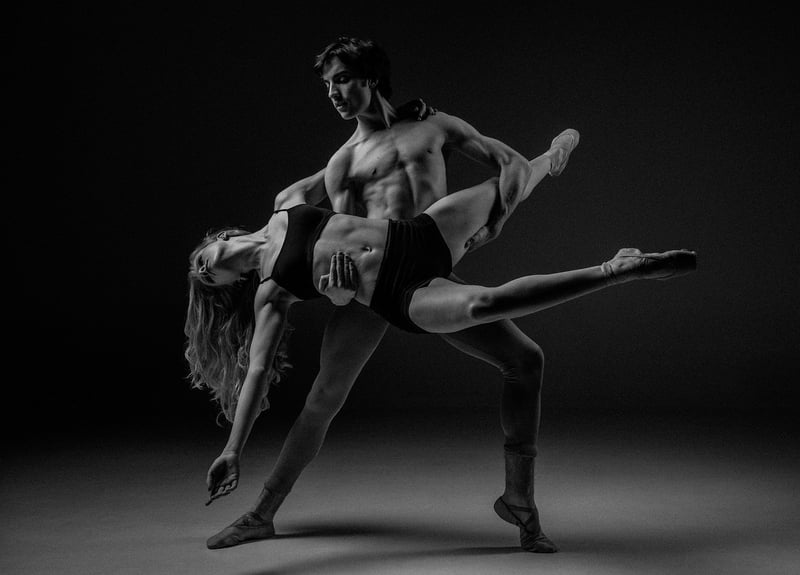Hip Hop
Exploring the Fusion of Expressive Movement Forms with Hip Hop
Hip Hop, a cultural movement that emerged in the 1970s in the Bronx, New York, has transcended its musical roots to become a global phenomenon encompassing dance, art, fashion, and more. One of the most intriguing aspects of Hip Hop culture is its ability to blend with other dance styles, creating innovative and expressive movement forms that captivate audiences worldwide.
The Evolution of Hip Hop Dance
Hip Hop dance is a rich tapestry of movements influenced by various dance styles, including breaking, popping, locking, and house dance. What sets Hip Hop dance apart is its emphasis on self-expression, creativity, and storytelling through movement. Dancers often use improvisation to convey their emotions and experiences, making each performance unique and personal.
Integration with Expressive Movement Forms
When Hip Hop dance merges with other expressive movement forms such as contemporary dance, ballet, or jazz, the result is a dynamic fusion that pushes boundaries and challenges traditional norms. This blend of styles allows dancers to explore new techniques, rhythms, and narratives, creating a visually stunning and emotionally engaging experience for both performers and audiences.
Benefits of Combining Styles
Integrating Hip Hop dance with expressive movement forms offers a myriad of benefits for dancers. It enhances their versatility, creativity, and adaptability, enabling them to navigate different dance genres with ease. This fusion also promotes cultural exchange and collaboration, breaking down barriers and fostering a sense of unity and community among dancers from diverse backgrounds.
Embracing Diversity and Inclusivity
By embracing diversity and inclusivity, the fusion of expressive movement forms with Hip Hop celebrates individuality and authenticity. Dancers are encouraged to express their unique identities and perspectives through movement, fostering a sense of empowerment and self-confidence. This inclusive approach not only enriches the dance community but also resonates with audiences on a deeper level.
Conclusion
The fusion of expressive movement forms with Hip Hop represents a harmonious blend of tradition and innovation, culture and creativity. By exploring new possibilities and pushing boundaries, dancers continue to evolve and redefine the art of movement, inspiring future generations to embrace diversity, express themselves boldly, and unite through the universal language of dance.

Experience the vibrant energy and creativity of Hip Hop dance fused with expressive movement forms, and embark on a journey of self-discovery and artistic expression unlike any other.
